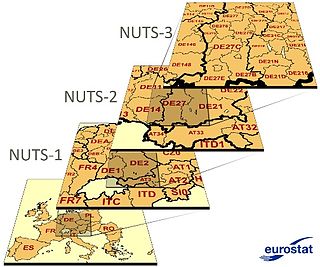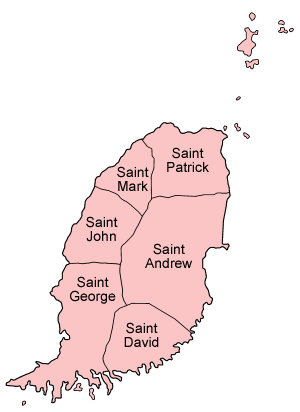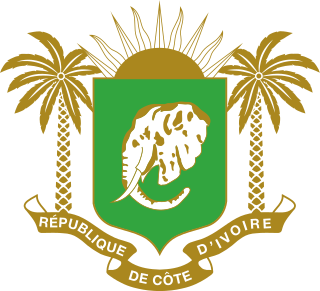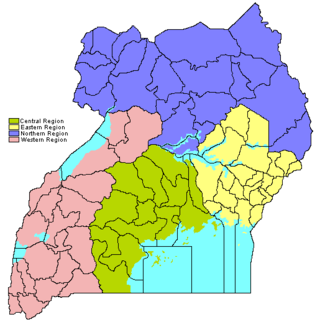
For local government purposes, Scotland is divided into 32 areas designated as "council areas", which are all governed by single-tier authorities designated as "councils". They have the option under the Local Government (Scotland) Act 1997 of being known as a "comhairle" when opting for a Gaelic name; only Comhairle nan Eilean Siar has chosen this option, whereas the Highland Council has adopted its Gaelic form alongside its English equivalent, informally.

Nomenclature of Territorial Units for Statistics or NUTS is a geocode standard for referencing the administrative divisions of countries for statistical purposes. The standard, adopted in 2003, is developed and regulated by the European Union, and thus only covers the EU member states in detail. The Nomenclature of Territorial Units for Statistics is instrumental in the European Union's Structural Funds and Cohesion Fund delivery mechanisms and for locating the area where goods and services subject to European public procurement legislation are to be delivered.

The regions of Ghana are the first level of subnational government administration within the Republic of Ghana. As of 2020, there are 16 regions, which are further divided for administrative purposes into 260 local metropolitan, municipal and district assemblies.

Equatorial Guinea is divided into two regions and eight provinces. The newest province is Djibloho, created in 2017 with its headquarters at Ciudad de la Paz, the country's future capital.

The Caribbean island country of Grenada is divided into regions known as parishes.

Guyana is divided into 10 regions:

Ethiopia is a federation subdivided into ethno-linguistically based regional states and chartered cities. This system of administrative regions replaced the provinces of Ethiopia in 1992.

Ireland uses the Nomenclature of Territorial Units for Statistics (NUTS) geocode standard for referencing country subdivisions for statistical purposes. The standard is developed and regulated by the European Union. The NUTS standard is instrumental in delivering European Structural and Investment Funds. The NUTS code for Ireland is IE and a hierarchy of three levels is established by Eurostat. A further level of geographic organisation, the local administrative unit (LAU), in Ireland is the local electoral area.

The island nation of Saint Lucia is divided into 10 districts. The name Quarters or Quartiers originally came from the French period in Saint Lucia. The 2001 and 2010 Census of Saint Lucia refers to the first level administrative divisions as districts. The FIPS and ISO standards regularly called these divisions quarters or quartiers in French. The former district of Dauphin Quarter was merged into Gros Islet District and the former district of Praslin Quarter was merged into Micoud District.

The regions of Ivory Coast are the second-level subdivisions of Ivory Coast. There are 31 regions, and each region is subdivided into two or more departments, the third-level division in Ivory Coast. Two to four regions are combined to make up an autonomous district, the first-level subdivision. The autonomous districts of Abidjan and Yamoussoukro are not divided into regions.
ISO 3166-2:UG is the entry for Uganda in ISO 3166-2, part of the ISO 3166 standard published by the International Organization for Standardization (ISO), which defines codes for the names of the principal subdivisions of all countries coded in ISO 3166-1.

The following outline is provided as an overview of and topical guide to Uganda:

Niger is divided into seven regions, each of which is named after its capital. Additionally, the national capital, Niamey, comprises a capital district.

The Nomenclature of Territorial Units for Statistics (NUTS) is developed by Eurostat, and employed in both Portugal and the entire European Union for statistical purposes. The NUTS branch extends from NUTS1, NUTS2 and NUTS3 regions, with the complementary LAU sub-categorization being used to differentiate the local areas, of trans-national importance.

The regions of Uganda are known as Central, Western, Eastern, and Northern. These four regions are in turn divided into districts. There were 56 districts in 2002, which expanded into 111 districts plus one city (Kampala) by 2010.

The Districts of Somaliland are second-level administrative subdivisions of Somaliland, below the level of region. There are a total of 22 district, each district is rated A, B, C, or D according to population, budget, and economic scale with the highest being A grade. The district where the state capital is located is always Class A. The region with the most districts is Sanaag region (5), while the region with the fewest is Sahil region (2).

The States of South Sudan were created out of the three historic former provinces of Bahr el Ghazal (northwest), Equatoria (southern), and Greater Upper Nile (northeast). The states are further divided into 79 counties.

Terego is a district in Uganda's Northern Region. It is located approximately 360 kilometres (220 mi) northwest of Uganda's capital Kampala. The administrative centre of the district is the trading centre of Leju in Aii-Vu Sub-County. Terego District covers an area of 1,102 square kilometres (425 sq mi) and the areas now making up the district recorded a non-refugee population of 199,303 in the 2014 Ugandan census. Terego District also hosts an estimated 168,000 refugees, mostly from South Sudan, in the Imvepi Refugee Settlement and the western zones of the Rhino Camp Refugee Settlement in the district.




















